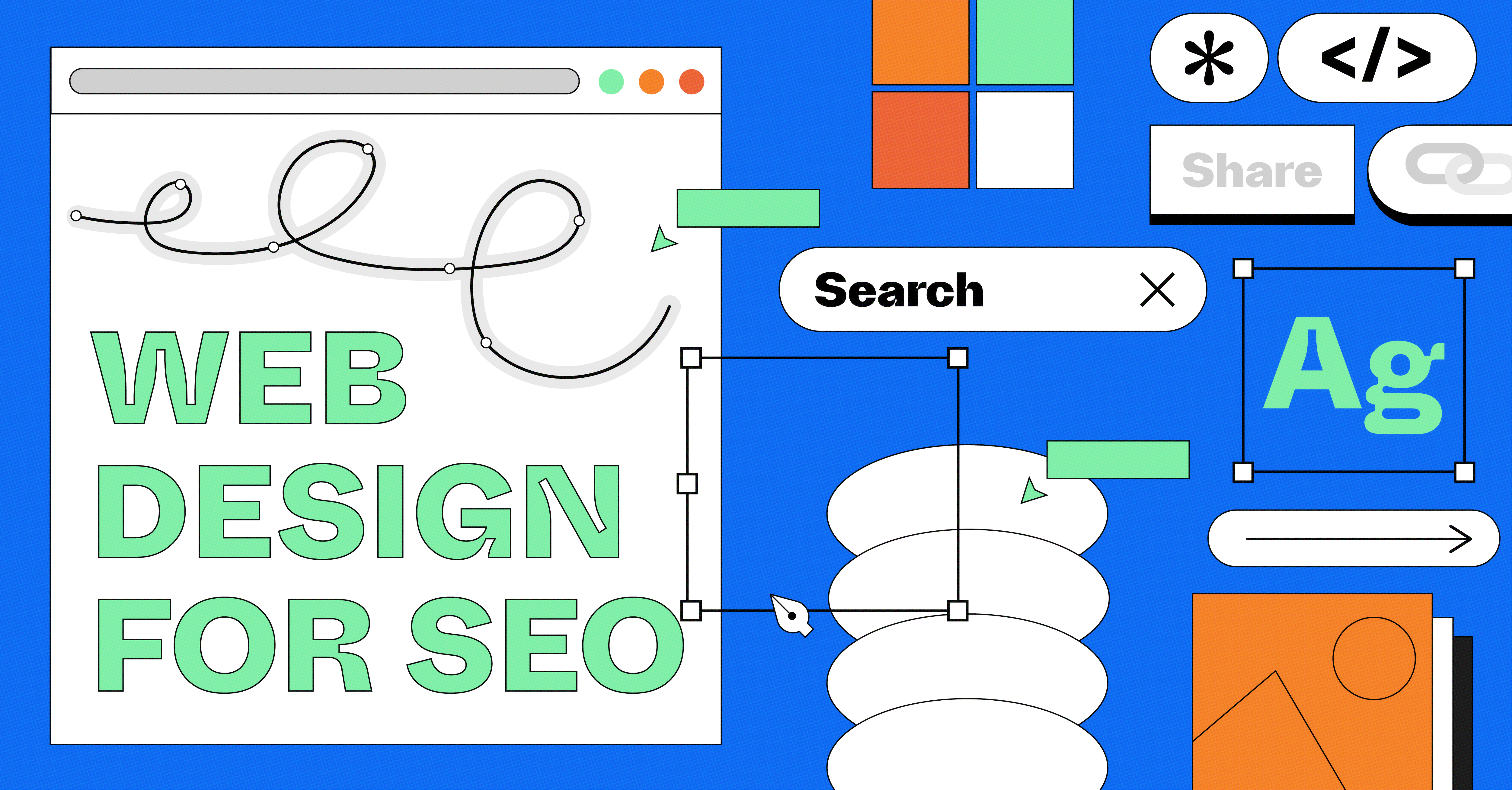3D Modeling , Digital Marketing , Business
Revolutionize Marketing with AR
by RC Blog • July 5, 2024
Advancements in augmented reality (AR) have opened the doors to new possibilities across so many industries. From healthcare to engineering, different fields have found their own applications for the technology.
In marketing, brands now have the ability to create interactive and fully immersive experiences for their customers thanks to AR. A 2024 report by LinkedIn states that over 1 in 3 (35%) marketing respondents are using AR/VR. Additionally, 34% of the expressing interest in using the technology in the next 12 months.
What is AR?
Augmented reality (AR) is technology that superimposes digital images, videos, or animations onto the real world. Using a smartphone, tablet, or augmented reality glasses, digital content is overlayed in our field of vision, adding embellishments to our perception of the physical world.
Augmented Reality vs Virtual Reality
Before we proceed to some examples of AR marketing applications, let’s clear the confusion between augmented reality (AR) and virtual reality (VR). The two are often combined as AR/VR, signifying their connection to a broader extended reality (XR) space. But the difference is that VR completely immerses users in a simulated environment, shutting out the real world, while AR adds digital elements to the real world.
Digital content seamlessly integrated with their surroundings has inched its way into the mainstream. Once primarily used in the entertainment industry, AR has been embraced by marketing. Brands have recognized the potential of AR to captivate audiences and create unforgettable experiences. By leveraging AR technology, the marketers can deliver engaging and immersive content that goes beyond traditional means of advertising.
AR Product Demonstrations
One of the most powerful applications of AR in marketing, interactive product demonstrations allow customers to interact with digital versions of products. For example, furniture retailers can use AR to show customers how a bed or table would look within their own homes and spaces. It empowers the customer with an enhanced shopping experience, but it also reduces the need for physical showrooms as well as improves conversion rates.
Virtual Try-Ons
Another exciting AR application in marketing is virtual try-ons. AR technology can simulate how products such as clothing, makeup, or eyewear would look on the user in real-time. This helps to streamline the purchasing process. Brands can increase customer satisfaction by providing this personalized and interactive experience.
Immersive Brand Experiences
Making a brand experience truly memorable is a challenge, but AR can be a game-changer. With AR, marketers can weave magic into everyday spaces, transforming them into interactive and enriching wonderlands. Imagine museums where paintings come alive with AR, offering a deeper understanding through interactive elements. This not only draws in more visitors but also makes an educational experience that much more engaging.
The power of AR extends beyond museums. Pop-up stores, events, and packaging, among other things, can be infused with AR to create a lasting impact on customers. This fosters brand loyalty and turns customers into advocates, eager to share their positive experiences.
AR Hardware and Software
The race is on to create augmented reality glasses that integrate cutting-edge tech with ergonomic and sleek designs that won’t turn heads for the wrong reasons. While smartphones and tablets have offered a convenient entry point for AR experiences, tech giants are leading the charge in AR wearables. Apple’s foray into augmented reality has yielded the Vision Pro, while Meta is pushing boundaries with both the Quest headsets and their collaborative line of Ray-Ban smart glasses. Sony, in partnership with Siemens, recently released an industrial headset that is intended for engineers creating spatial content.
Furthermore, the development of user-friendly AR development platforms and tools has streamlined the creation process for AR content. Marketers can now rapidly prototype and deploy engaging AR experiences, allowing more brands to leverage this technology and connect with their audiences in innovative ways.
AR: A Marketing Must-Have
While a diversified marketing strategy remains crucial, AR offers a unique opportunity to stand out from the crowd. At Lush we believe that it isn’t just a passing fad or party trick. As AR development tools become more user-friendly and affordable, the technology will become a trusty tool in any marketer’s kit. By incorporating engaging AR experiences, brands can captivate audiences and ultimately drive sales. Don’t miss the wave of emerging tech solutions for your business.
AR , Marketing Trends




